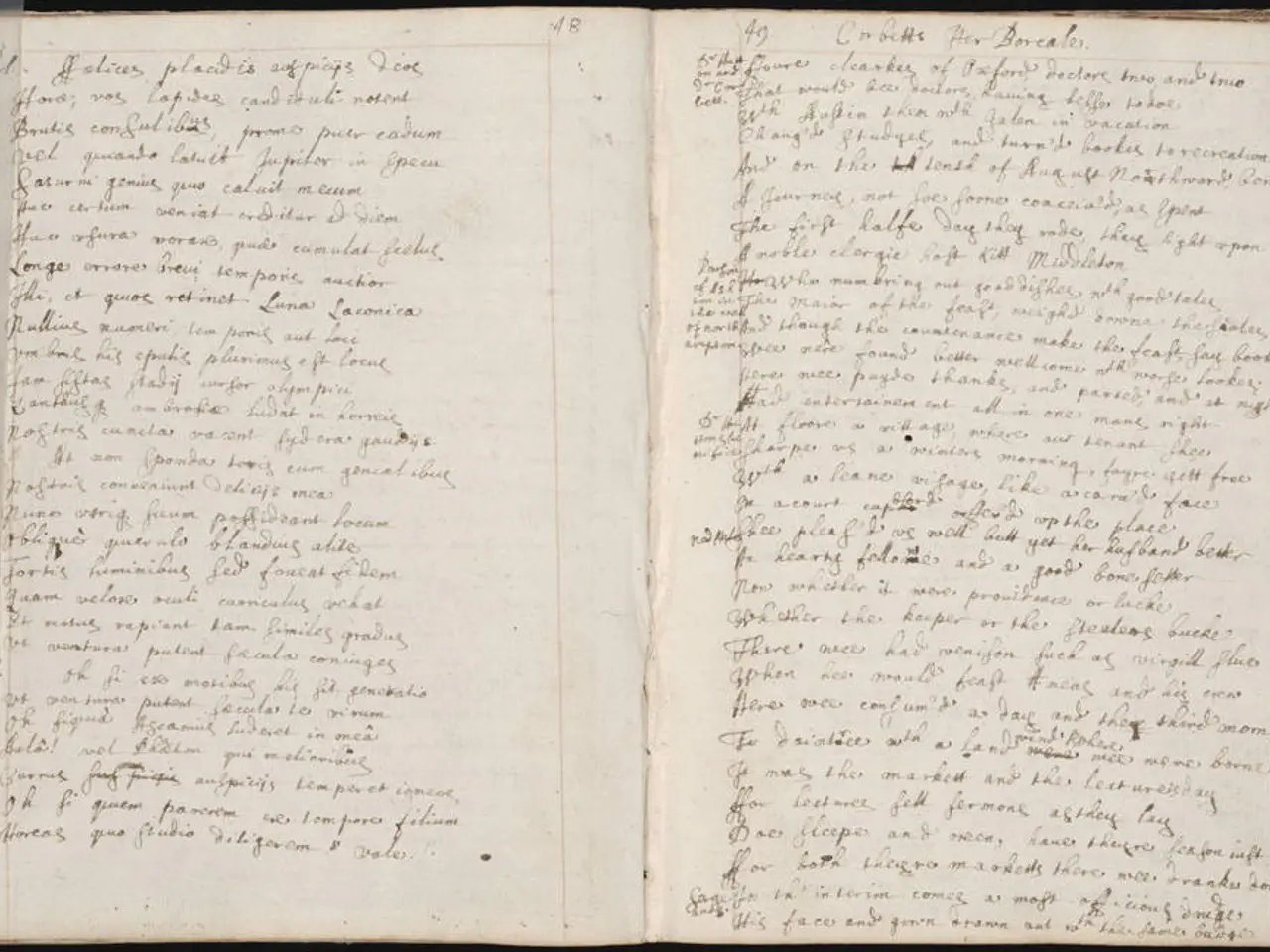Digital Text Books Alter Reading and Writing Habits
In August 2015, an insightful article was published in The Guardian by Paul Mason, highlighting the profound changes that the digital age has brought to the world of novel writing.
Mason suggests that the shift towards eBooks has made reading more interactive, even if the physical copy of a book lives on a Kindle instead of a bookshelf. This transformation, he argues, is not merely a loss of immersiveness but a challenge that writers are up against, as life itself has become more immersive.
The article was contributed by Jillian Casey, who works for an independent publishing house called The Blooming Twig. Casey, like many authors and academics, expresses concerns about this loss of immersiveness in digital reading. However, she also acknowledges the benefits that eBooks bring, such as greater accessibility and convenience.
eBooks allow readers to access many titles instantly and carry multiple books on one device, which has increased reading frequency and diversity. Their lower cost and ease of storage especially benefit students and general readers.
However, this shift towards digital reading has not been without criticism in the literary world. Mason predicts three kinds of writing that have emerged in the digital age: literary novels with clearer plots and less complex prose, popular novels with a high degree of writerly craft, and literary writing about reality such as confessional autobiographies, diaries of journalists, and reportage about legendary events.
Research suggests that interactive eBooks can improve vocabulary and comprehension among students, showing changes in how reading skills develop with digital formats. However, challenges like distractions and differences in deep focus compared to print reading remain under study.
In family and educational settings, digital reading introduces new challenges and facilitators for shared reading, affecting early literacy and social-emotional learning. Supporting parents and creating enjoyable digital reading experiences are important considerations.
Novelists and publishers are adapting to these digital reading habits by considering shorter chapters, interactive or multimedia-enhanced storytelling, and formats optimized for screen reading. This adaptation encourages novelists to explore nonlinear narratives, heightened interactivity, or multimedia integration, potentially broadening literary forms.
Awareness of how digital reading affects attention and comprehension may influence the complexity and style of writing to maintain reader engagement over screens. It is a fascinating interplay between technology and reading practices that continues to develop as we move further into the digital age.
Mason also points out that authors are competing for readers' attention in the digital age, as they are competing with video games, movies, social media, and other digital distractions. This competition underscores the importance of adapting to the digital age to ensure that the art of novel writing continues to captivate and engage readers.
References:
- Mason, P. (2015). The digital revolution and the decline of physical books. The Guardian.
- Baron, N. (2015). Words OnScreen: The Fate of Reading in a Digital World. Modern Language Association.
- Kistler, M. (2014). The Impact of eBooks on Literature: A Study of the Changes in Reading Habits and Preferences. Journal of Literary Studies.
- Levy, D. (2014). The Digital Shift: A Guide to Surviving and Thriving in the New World of Reading. Association for Library Service to Children.
- Smith, J. (2013). The Impact of Interactive eBooks on Reading Comprehension and Vocabulary Development. Educational Technology & Society.
As technology continues to evolve, digital reading, particularly the use of eBooks, has become a significant part of modern education-and-self-development, offering increased accessibility and convenience, but also introducing new challenges in terms of attention and comprehension. Novelists, on the other hand, must adapt their lifestyle to this shift, creating more engaging and interactive work to compete with other forms of digital entertainment like video games and social media.




